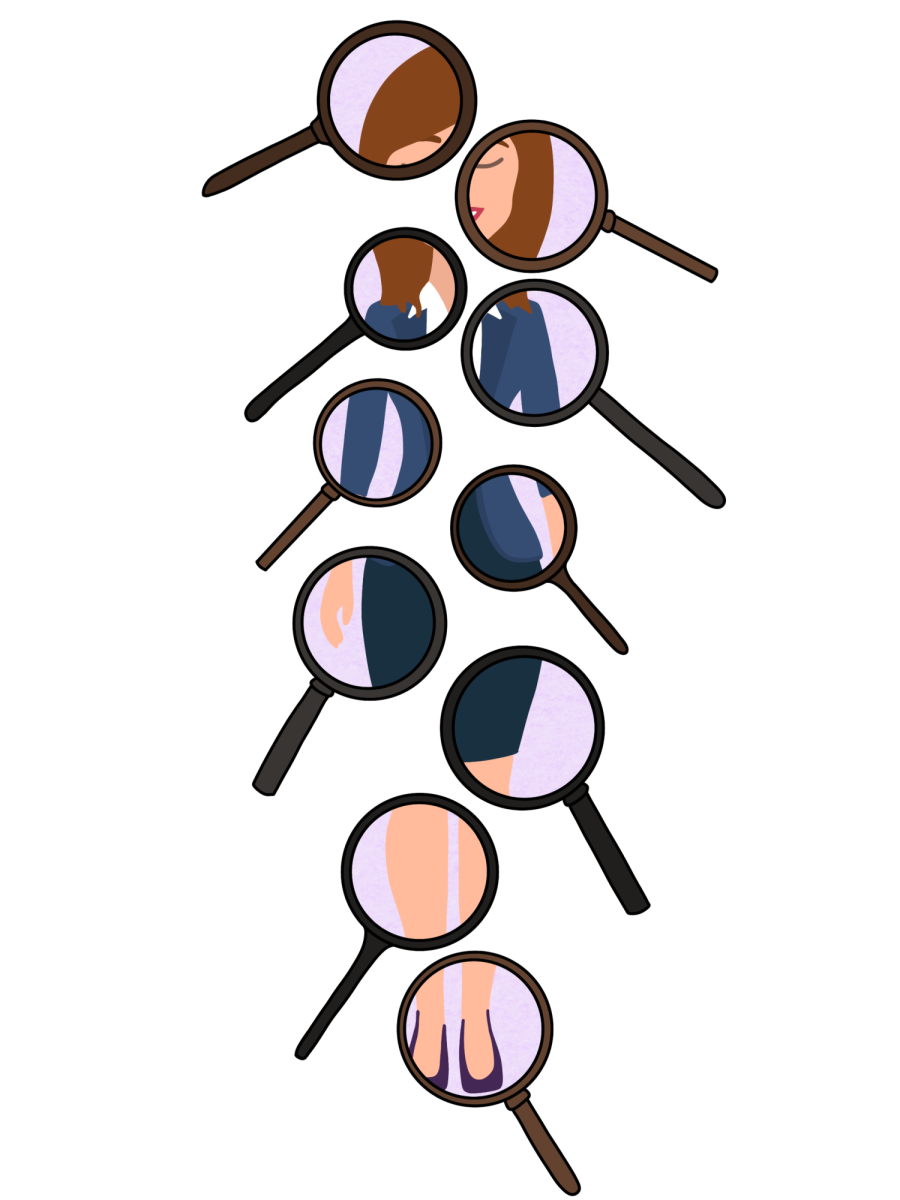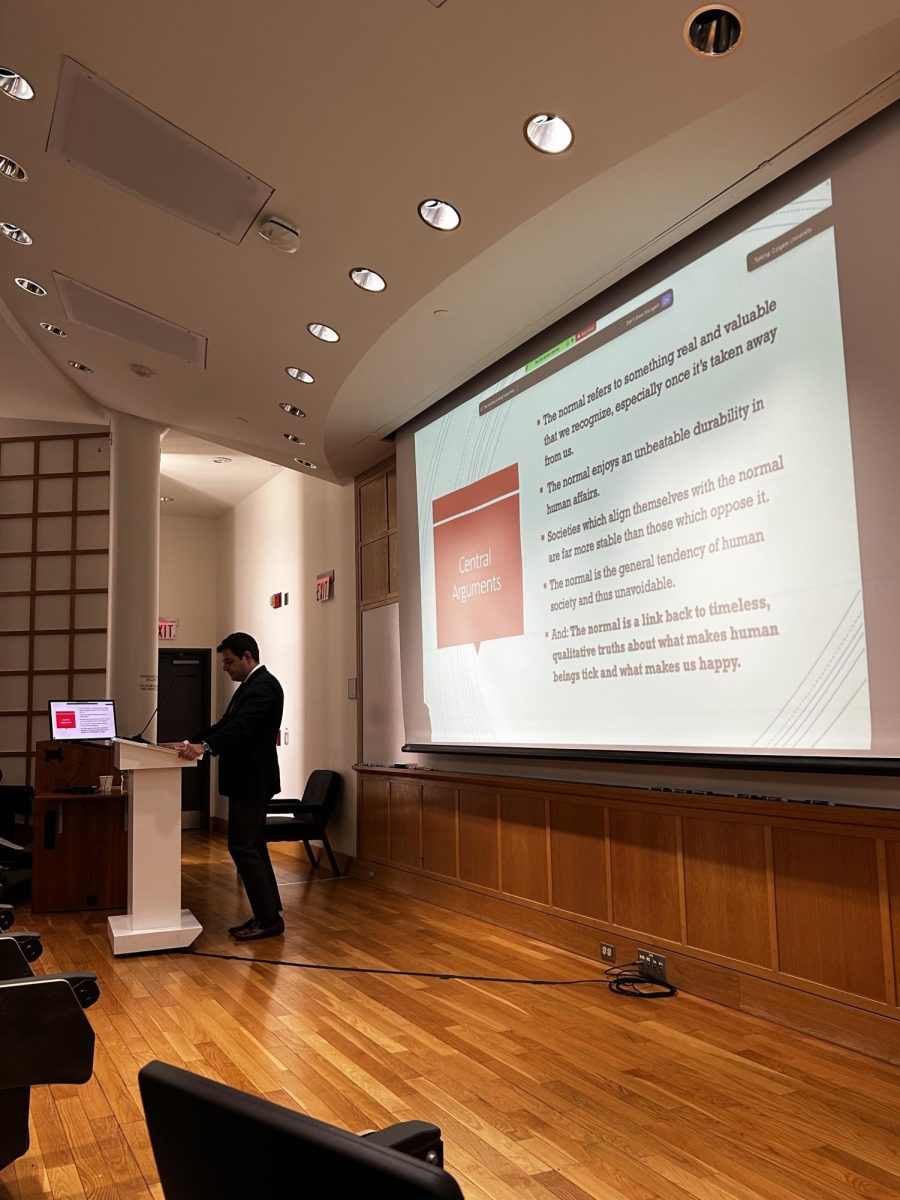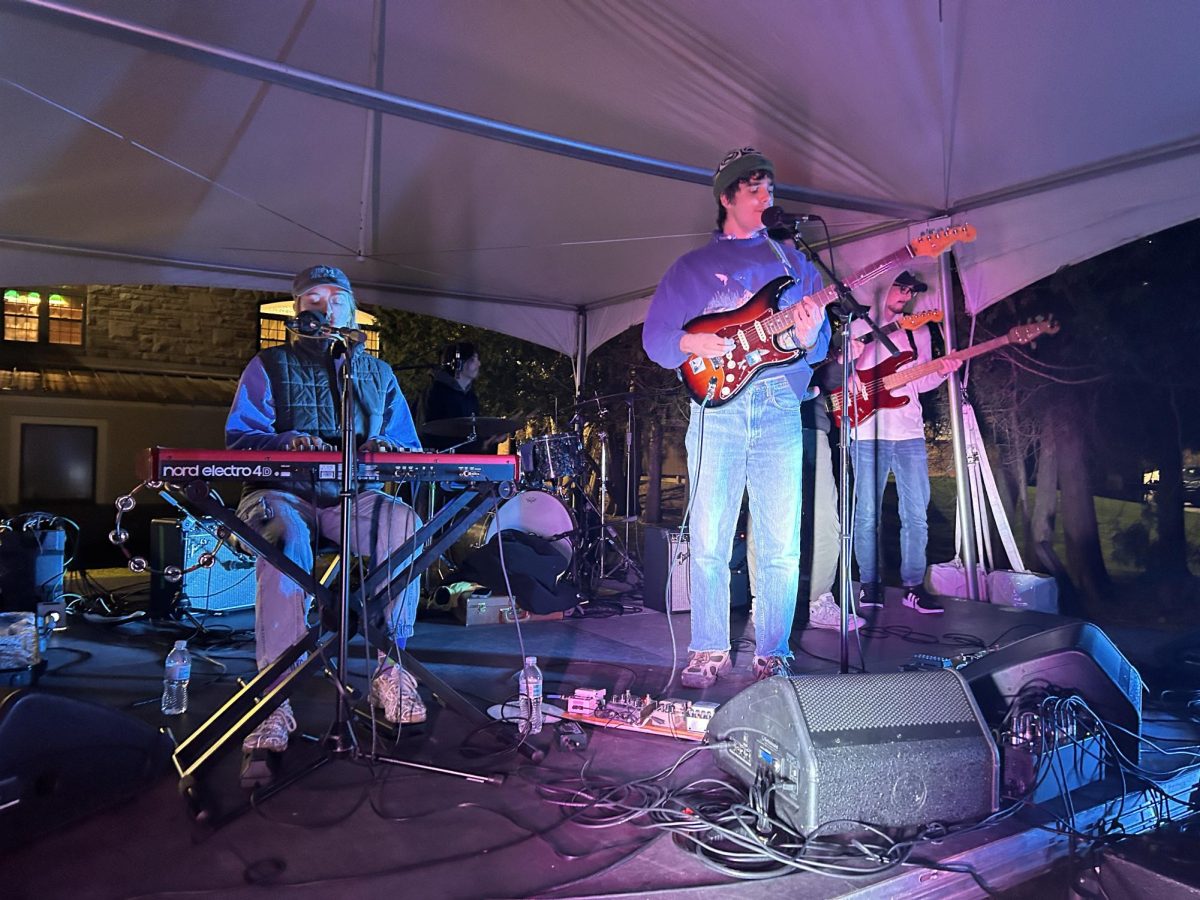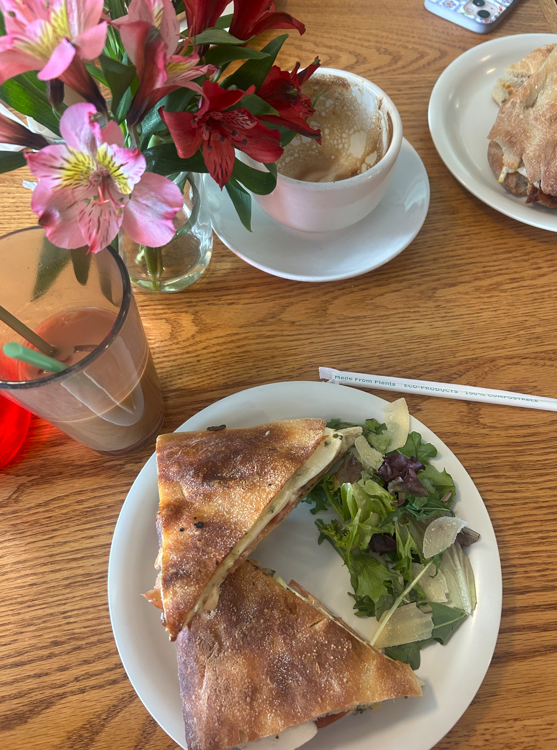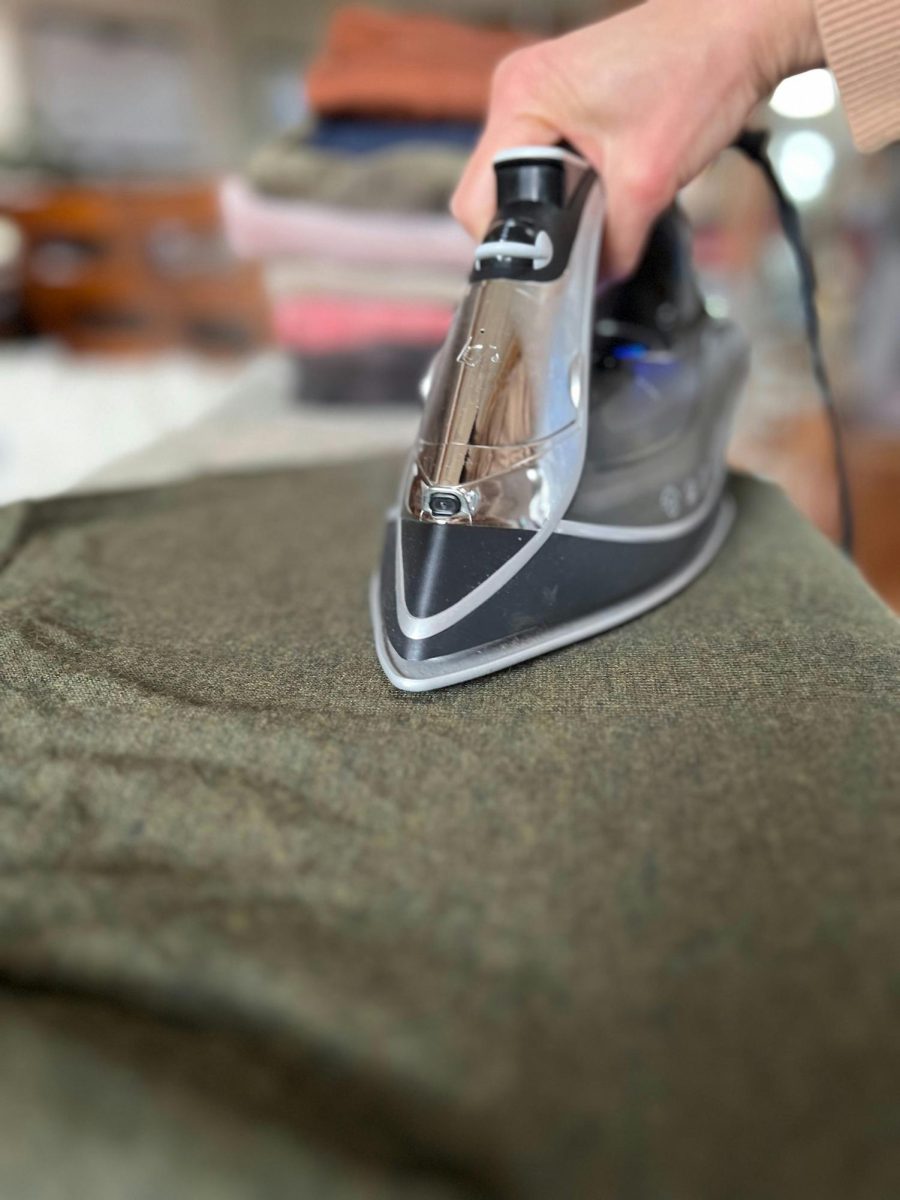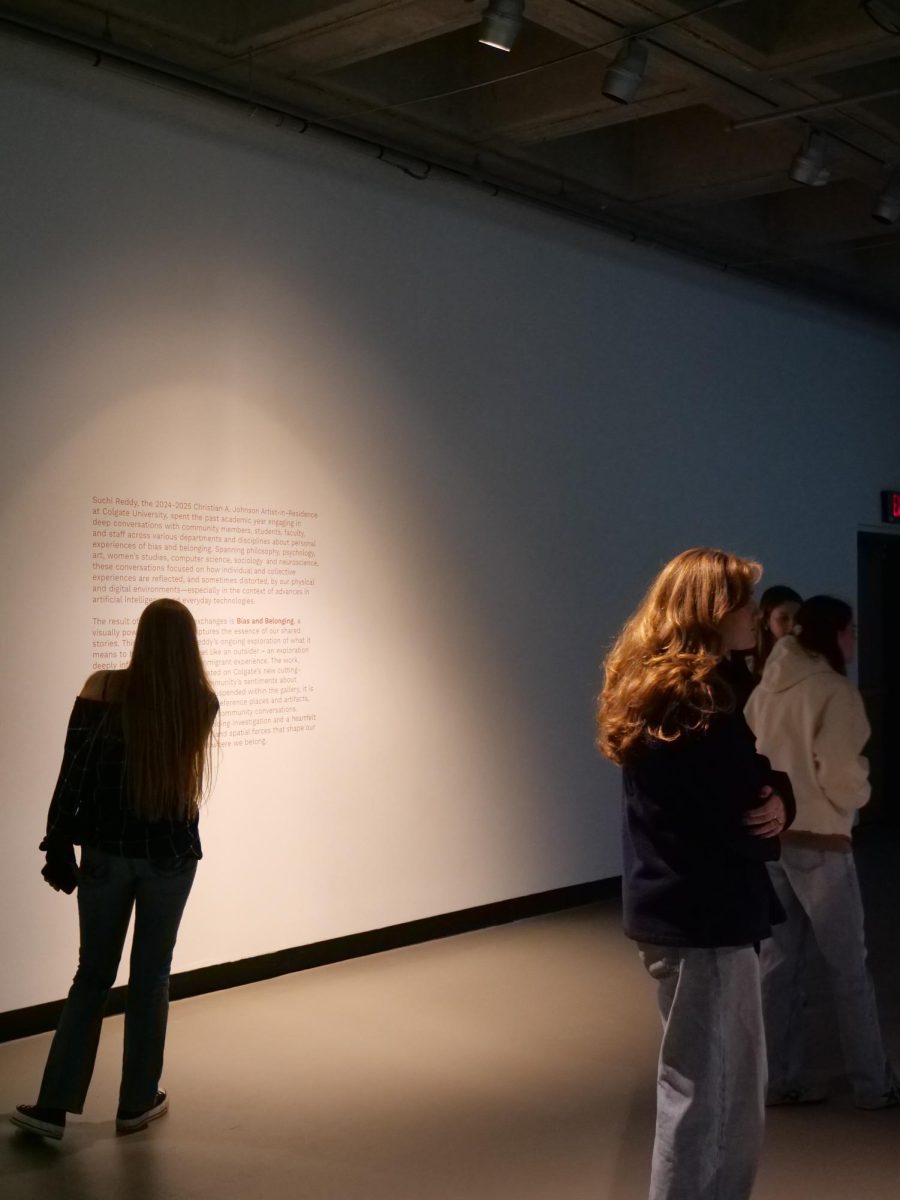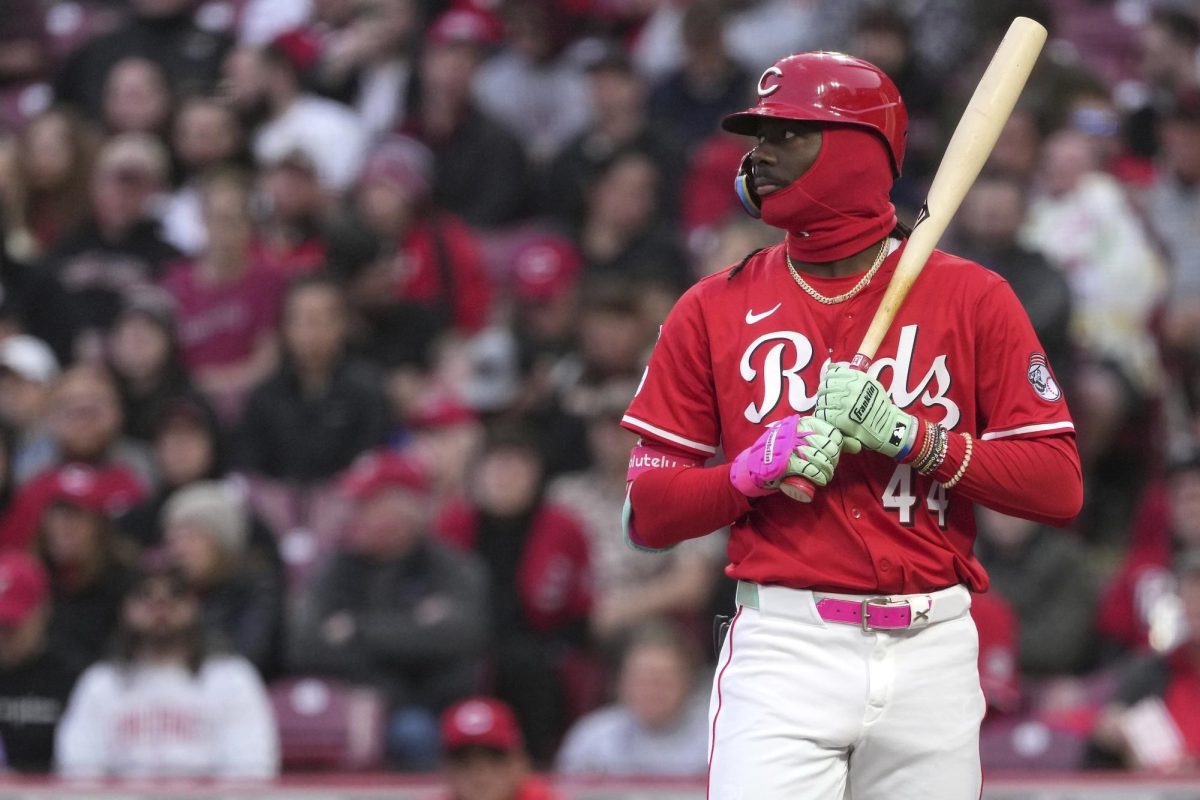As you scroll through TikTok or Instagram, you might notice that the trends that dominate your feed are often short-lived, rising quickly and falling out of fashion even faster. Whether it is the “clean girl aesthetic,” defined by polished minimalism and neutral colors, or the “mob wife aesthetic,” which embraces a messier and less minimal style, the trends embraced by younger generations are changing at an unprecedented pace. Merely months ago, the internet raved over simple, sleek minimalism, insisting that products or accessories aligned with the trend were “necessities” or “staples.” Almost as quickly as the trend emerged, the “clean girl aesthetic” fell from the trending search bar and was replaced by “mob wife” or “Gilmore Girls.” Call it luck or the strategic work of TikTok’s algorithm, but “the mob wife aesthetic” swiftly dethroned “the clean girl aesthetic,” gaining over 52 million views in 10 days.
For the online fashion world, TikTok is a powerful medium for shaping consumer behavior and spreading new ideas and styles; however, the app’s influence may reflect more than just changing tastes — it also reveals a troubling shift in how we value fashion itself. TikTok, initially a platform for short dance videos, has evolved into a trendsetter, effectively engaging users with its personalized algorithm. The “For You” page curates content that aligns with individual interests, making mindless scrolling almost addictive.
Although I am not blaming our generation’s short attention solely on TikTok, the app usage patterns illustrate a broader inability to remain engaged with anything requiring time or investment. Since the COVID-19 pandemic, I have noticed trends on TikTok, Instagram and other social media platforms emerge seemingly out of thin air, dominate feeds, appear in advertisements and then quickly disappear — leaving behind nothing but scraps in Goodwill bins. Fueled by fast fashion, this fast-paced trend cycle is not merely a matter of style; it also represents a significant environmental concern.
Jackets that once accumulated wear over several winters and were mended with care are now discarded before they have the chance to develop character. Jeans that used to fade naturally and shoes marked by journeys are now thrown away as soon as trends change. In our attempt to stay trendy, we deprive items of the character that comes with time, contributing to the escalating issue of textile waste.
Each year, the average American consumer throws away approximately 81.5 pounds of clothing, leading to an estimated 11.3 million tons of textile waste in the United States. Rather than opting for clothes that can endure the test of time, consumers are increasingly drawn to trendier, lower-quality products destined for landfills as soon as the trend tires. This reflects a shift in consumer priorities and underscores a critical need to reevaluate our relationship with fashion.
Investing in well-made clothing means choosing carefully crafted items, using sustainable materials and ethical production practices. These pieces are made to last—they grow alongside us rather than being discarded at the first sign of a new trend.
When prioritizing durability, we shift our consumption behavior from fleeting trends to long-term investments. This benefits both our wardrobes and the environment. Sustainable fashion reduces waste and lessens the demand for large quantities of cheaply made clothes, commonly produced through exploitative practices and environmentally harmful methods. It takes 2,700 liters of water to make just one cotton shirt. During decomposition, clothing leaches toxic chemicals and dyes into the groundwater and soil, further exacerbating environmental issues. When clothes are thrown away, we waste the resources that go into their production and contribute to the growing landfills and pollution. By seeking retailers and goods embodying sustainable practices, we can combat the throwaway culture deeply ingrained in social media trends. Supporting brands that prioritize quality and sustainability means supporting a future where fashion is responsible and full of character.
Trends come and go, but the impact of our consumption choices lingers. Just as the “clean girl aesthetic” was quickly replaced by the “mob wife aesthetic,” today’s must-have items will likely fade into obscurity tomorrow. However, the value of high-quality, responsible pieces remains constant. By investing in high-quality goods that are made to be worn, we can re-instill the importance of time and wear in fashion, ensuring that our choices do not reflect capricious trends but a deeper appreciation for the resources and labor that contribute to what we wear. We can break free from the fast-paced trend cycle into a meaningful community that values what we have, rather than constantly looking for something new.





